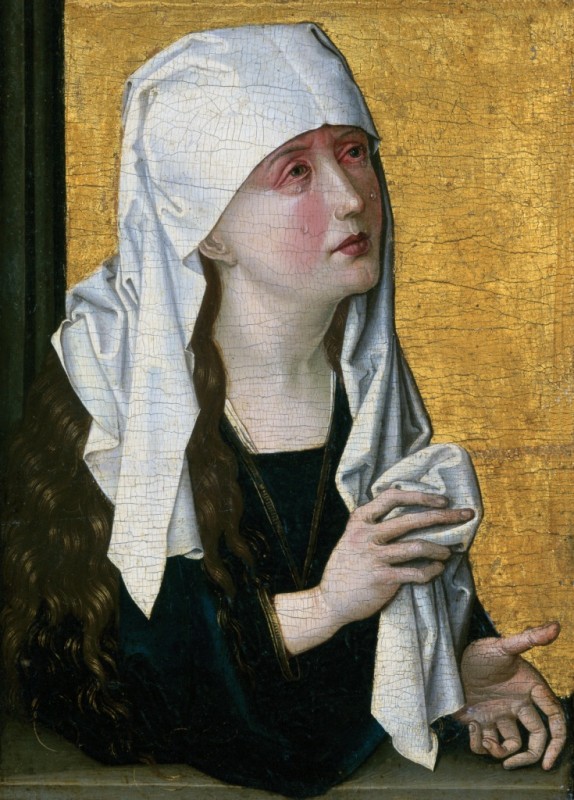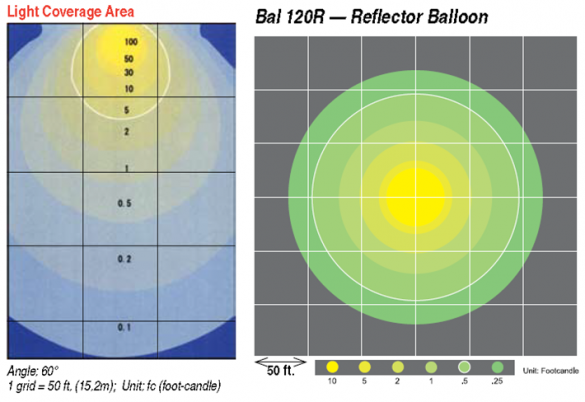
Master of the Stötteritz Altarpiece
Mother of Sorrows c. 1470
Oil on panel
Gift of Mrs. Clifford G. Schultz in memory of Mr. Clifford G. Schultz, AG.1984.1.1
The Cummer Museum of Art & Gardens
When discussing the pieces in the Museum, we often talk about “works of art on paper”, an interesting category that is not defined by historic period, artist, or even by artistic medium, but, by the material the work is on – paper. Works that include original watercolors, gouaches, drawings in all media, pastels, photographs, collages and printed works such as lithographs, etchings, wood cuts, and screen-prints. Though not technicallypaper, related materials such as parchment and papyrus are also included in this category. The bottom line, however, is that in each work, some type of paper (or paper relative) is the support or substrate.
Though each work is unique in its expressiveness and in how it relates to the characteristics of the paper substrate, as a group they are unique in their shared properties and concerns. All paper is subject to deterioration over time and museums strictly monitor environmental conditions (moisture, heat, light, and biological factors) to minimize deterioration.
Touring our new installation, The Art of Empathy, I was surprised by the number of “works on paper” there are in this exhibition. I was also impressed by their age (over 500 years old for some), their condition, and their required care. In addition, for many of the pieces, specific care instructions have been written into the lending contract. And that many of the pieces came with their own courier to oversee transport and in-situ installation. It is this special care, and the unique properties of paper that are intriguing.
When viewing this exhibit, take note that each piece, once set in place, will not be moved until the exhibit is de-installed. As mentioned, in many cases a designated courier is needed for any subsequent adjustments or movement done to the piece. During the installation of these “works on paper” they were covered with paper. This protected the art from both visible and invisible (such as UV) light. When not opened for public viewing, the lights in the gallery are turned off to reduce the overall time that the works are exposed to light. And when the gallery is open, it is in subdued light, with all “works on paper” lit to levels of only 5-7 foot candles (abbreviated fc).
This level of light is reminiscent of the lighting recommended for hallways of buildings (5-10 fc); it is enough light to find our way around, but, we need to linger, to observe and absorb the details of the works. (In comparison: the recommended light for your living room is 10 to 20 fc and for above your kitchen stove or sink it is 70 to 80 fc.) A foot candle is described as the amount of illumination equal to the light produced by one lit candle at a distance of one foot. So, place five lit candles together, stand one foot away, and that is five foot candles of illumination. (Very roughly; this is 0.08 watts where 60 watts is 3727 fc.) This subdued light reduces but does not eliminate the ongoing deterioration of the paper.
This deterioration caused by light is realized as bleaching, yellowing, and the embrittlement of the paper. Aside from the bleaching or fading, and excessive heat that can be caused by light, further chemical reactions occur from light exposure. If present, lignins can react to form compounds that turn the paper yellow or brown. Oxidation by ultraviolet light causes the fibers of cellulose to breakdown into smaller and smaller segments, eventually becoming so small that the structural integrity of the paper no longer exists. (Have a bowl of spaghetti; stick your fork in and twirl, pick it up and you have a giant mass of connected pasta strings. Now, shake the mass off your fork and cut those pasta strings into smaller and smaller pieces. Try now to twirl your spaghetti into that glorious mass, it won’t happen, the strings are too small. All integrity of the spaghetti twirl is lost; and so it is with paper, as the fibers become smaller and smaller.) Even if all light was eliminated, once the paper is exposed, the deleterious reactions that have been initiated will continue.
Within the Art of Empathy exhibit, light is not the only factor that precautions have been taken for. Measures have been taken to control the effects of moisture and pollution. Inside some of the pedestals is silver cloth, placed to absorb gaseous pollutants that might exist, especially due to the off-gassing from any materials used in the construction and painting of the pedestal. Within some display cases there is silica to help maintain a stable relative humidity of 50%. And, of course, the galleries are kept within a controlled range of temperature and humidity to maintain the exhibited pieces.
The Museum’s collection contains our own “works on paper”, including pencil drawings, watercolors and lithographs; a permanent Cummer collection that is cared for with the same industry standards as our “guest” collection. Standards that could have any given “work on paper” limited to six months on display followed with up to five years of sleep lying flat in the dark. Though these pieces were created with the thought they could constantly be enjoyed; and some of the 500 year old pieces of the “Art of Empathy” were created to be interacted with; we take this special care so more generations can experience the splendor of these “works on paper”.



